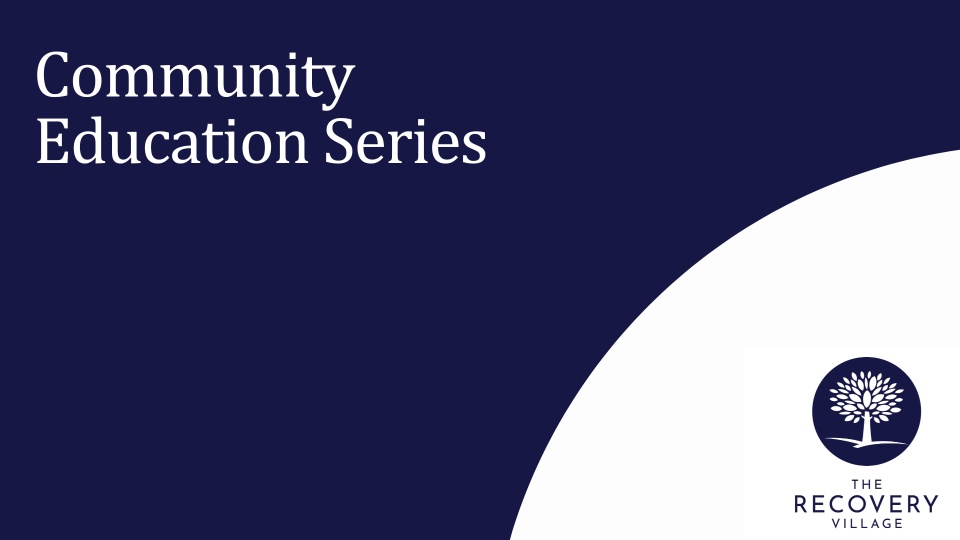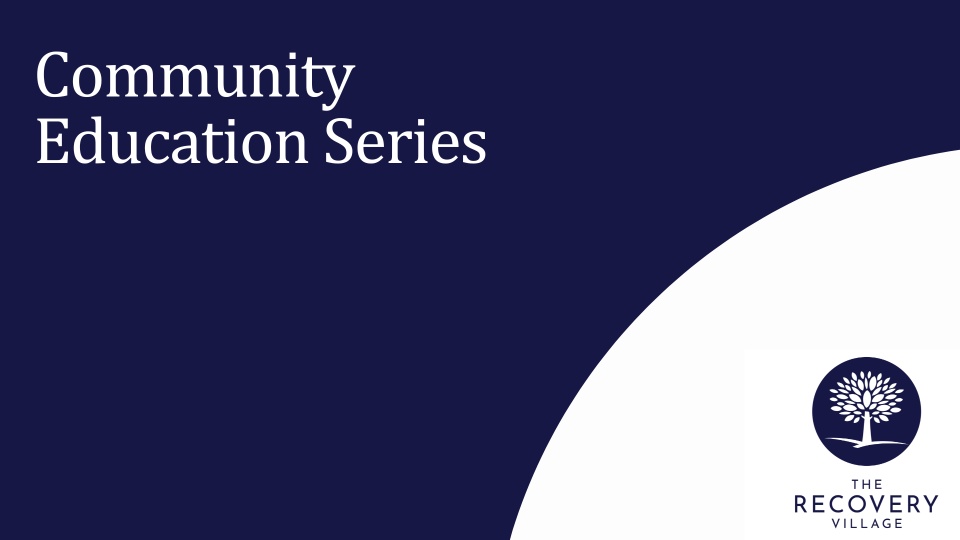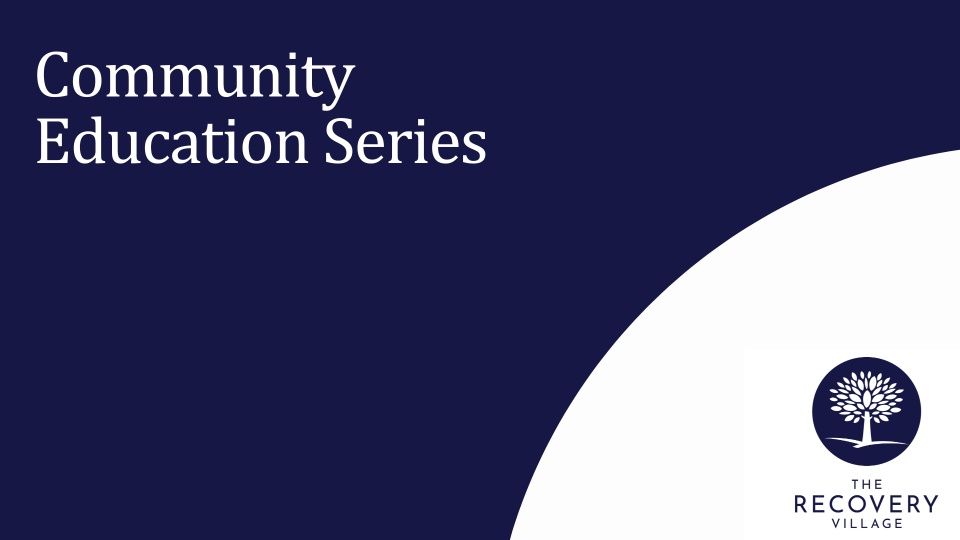Estimated watch time: 59 mins
Available credits: none
Objectives and Summary:
The purpose of this presentation is to provide education and awareness to clinicians and community members on dialectical behavioral therapy (DBT) as an intervention. The presentation is also meant to share concrete principles and tools with clinicians and members of the community that can help them reduce stress, improve emotional regulation and enhance overall mental well-being.
After watching this presentation, the viewer will:
- Understand the history of DBT, as well as how and why it was developed
- Be aware of the principles that underlie DBT and how they are effective in treating certain mental health disorders
- Have a basic understanding of DBT and potentially be able to incorporate its general ideas into clinical treatment









